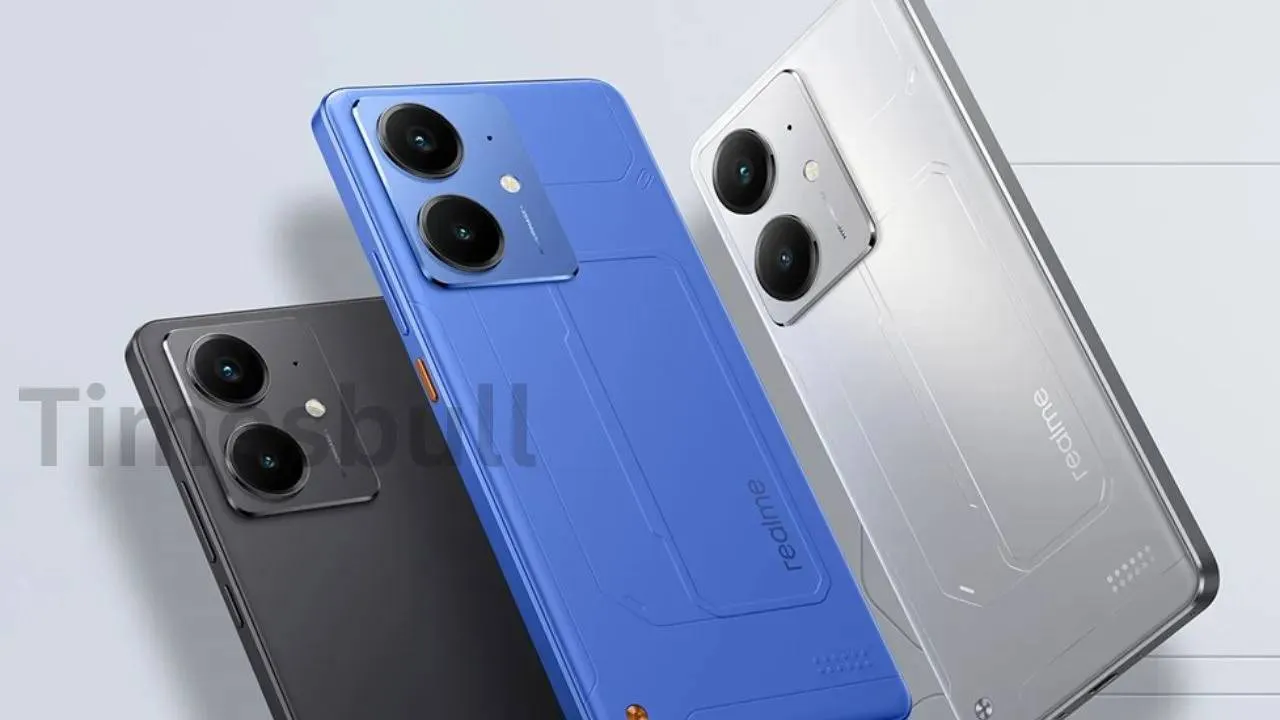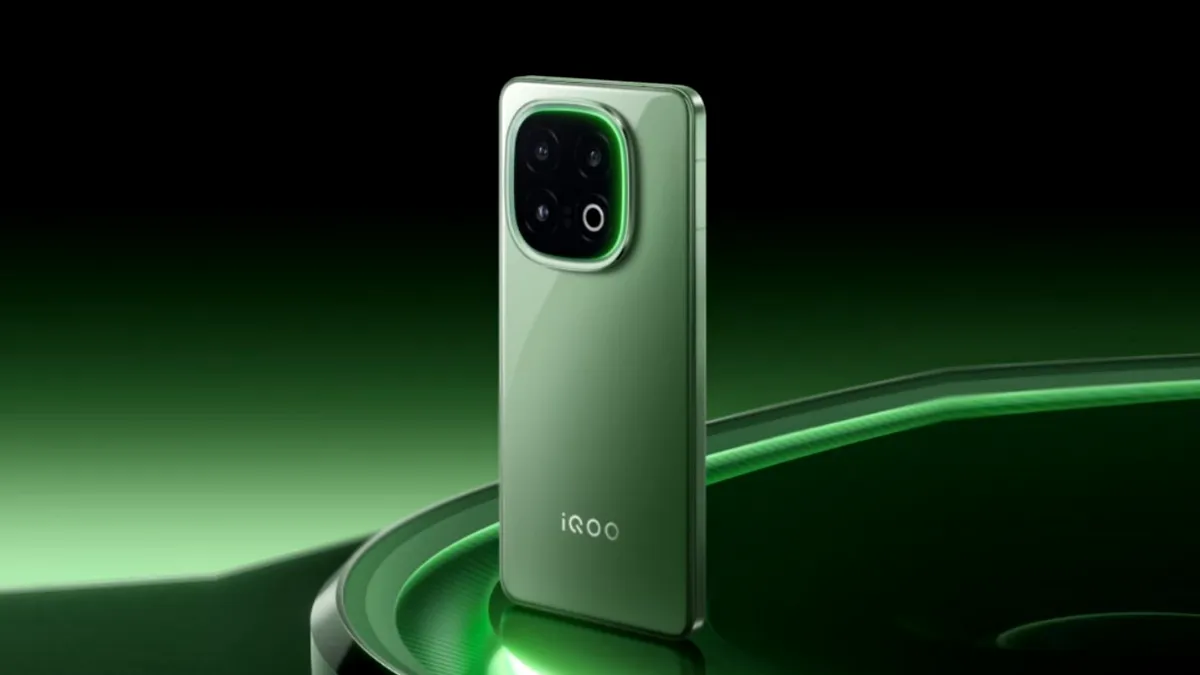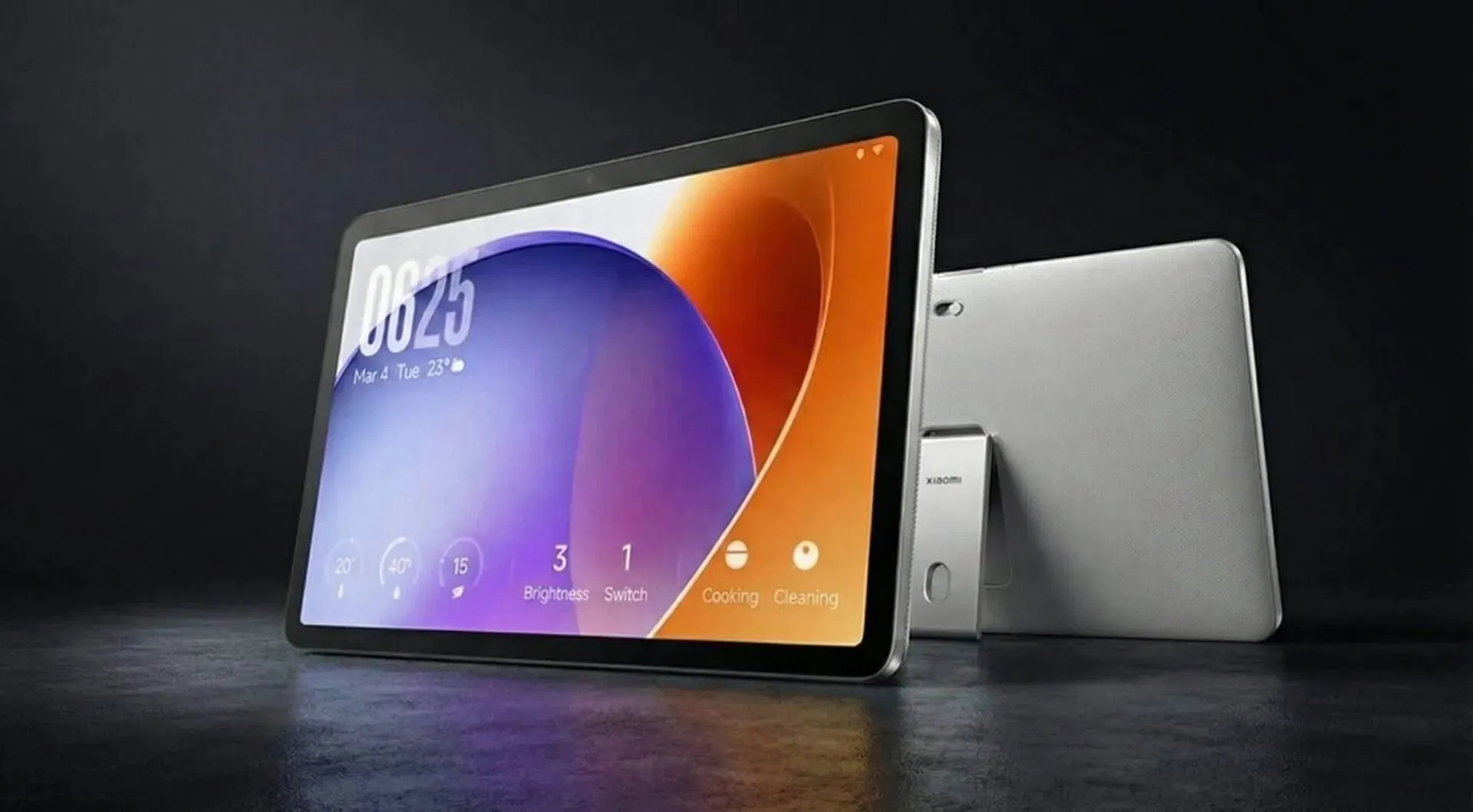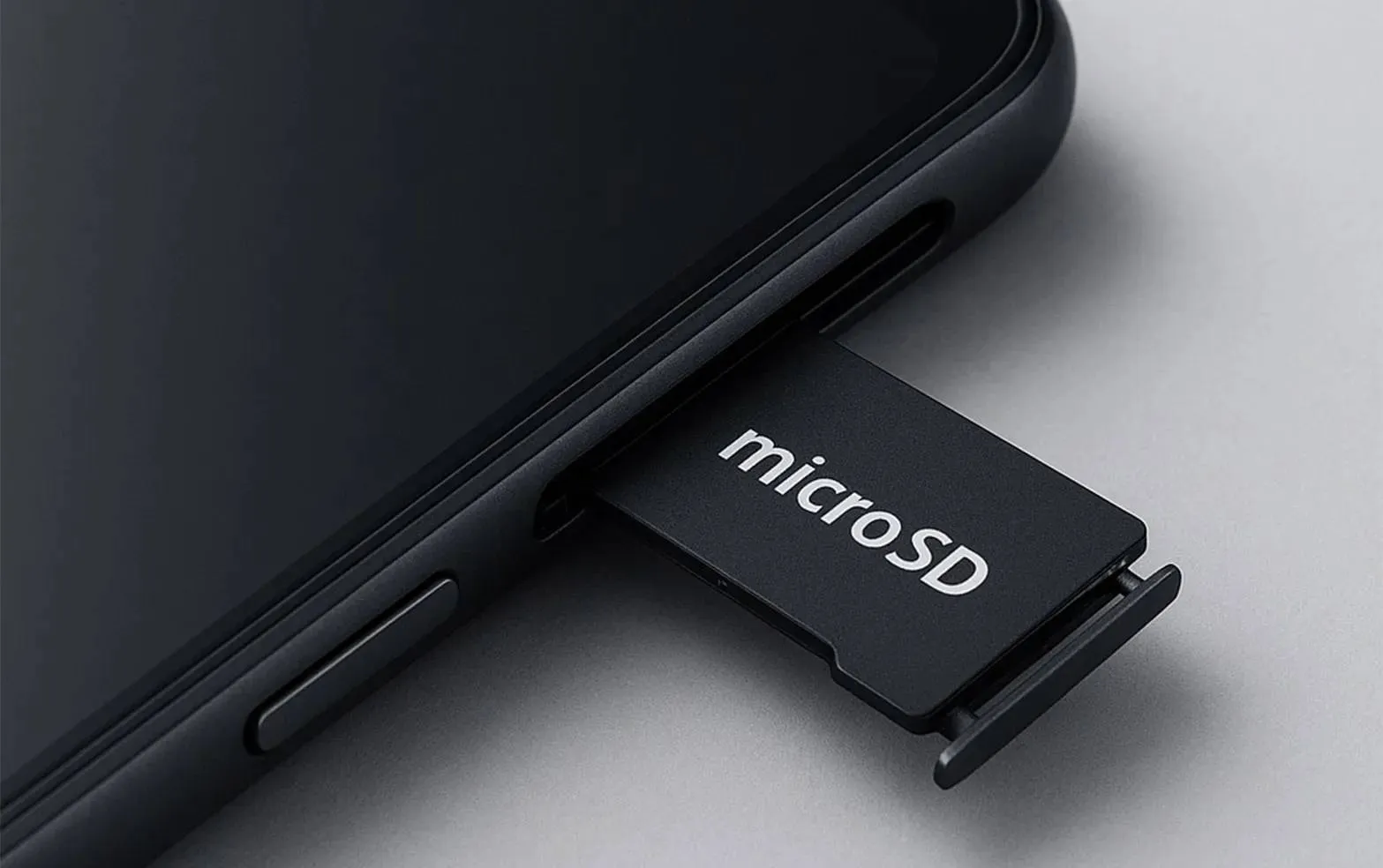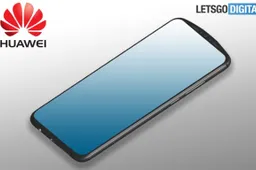Samsung announces 64MP ISOCELL camera sensor, could feature in the Galaxy note10
SamsungThursday, 09 May 2019 at 02:22

After its 48MP ISOCEL Bright GM1 imaging sensor which has now found its way into a number of smartphones of all price brackets, Korean major Samsung has today announced a new generation imaging sensor that has the potential of changing the 48MP trend. Welcome Samsung's ISOCELL Bright GW1- the largest imaging sensor in the market that could find its way, perhaps into the upcoming Galaxy Note 10 due for release later this year.
The new ISOCELL Bright GW1 sensor beats Samsung's and Sony’s 48 megapixel IMX586 in terms of pixel count but, but that is about all the differences, as the three have something in common, albeit different names and more pixel counts. The sensor uses the same 0.8μm-sized pixels as Samsung's 48MP sensor, and rely on pixel-merging Tetracell technology to output a single 16Mp image in low-light environments and highly-detailed 64Mp shots in a more lighted environment using the remosaic algorithm. Aside from the pixel-merging Tetracell technology and remosaic algorithm, the new ISOCELL Bright GW1sensor also gets a Dual Conversion Gain (DCG) for better performance and Super PD (Phase Detect) for fast autofocus.
Samsung also announced the second generation 48MP sensor - the 48-megapixel ISOCELL Bright GM2 with the same Tetracell technology in low-light environments and a remosaic algorithm in well-lit settings, albeit fewer pixels. Both sensors are expected to go into mass production later in the second half of 2019, and that perhaps means it will be ready for use in the Galaxy Note 10, and other flagship devices billed for release at about that time.
Loading
